In recent years, more and more people have chosen the non-surgical procedure known as Botox to lessen the appearance of fine lines and wrinkles. However, what exactly is Botox and how does it function? This comprehensive guide will cover the science behind Botox, its applications, potential risks and advantages, as well as what to anticipate during and after treatment.
Our staff at Botox Las Vegas, a business that specializes in offering Botox and other cosmetic procedures in the Las Vegas region, has provided this article. Our team of skilled and knowledgeable professionals is committed to assisting our clients in realizing their aesthetic objectives and developing self-confidence. We are here to help you understand your options and make an informed decision, whether you are interested in Botox, dermal fillers, chemical peels, or any other treatment option. We appreciate you reading our comprehensive Botox guide. We sincerely hope that this information has been beneficial and that you now feel more secure in your choice-making. Please do not hesitate to contact us if you have any additional questions or would like to arrange a consultation with one of our providers.
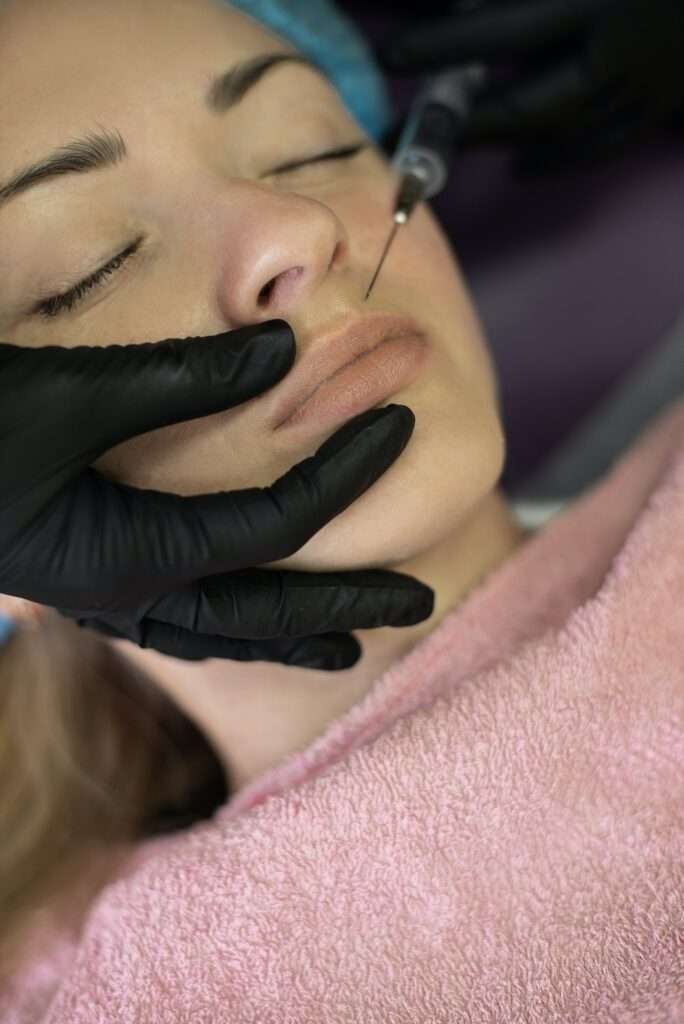
Botox: What is it?
Botox is the brand name for a purified form of the neurotoxic protein known as botulinum toxin type A, which is created by the bacterium Clostridium botulinum. While botulinum toxin is frequently linked to food poisoning, it can also be used to relax some facial muscles that contribute to wrinkles in small, controlled doses.
How does Botox operate?
A neurotransmitter called acetylcholine, which transmits signals between nerve cells and muscles, is what Botox does to the body. Botox prevents certain facial muscles from contracting when injected into them, relaxing the wrinkles brought on by muscle movement.
Uses for Botox
The wrinkles on the forehead, between the eyebrows (also known as “frown lines” or “glabellar lines”), and around the eyes (also known as “crow’s feet”) are the ones that are most frequently treated with botox. The eyebrows can also be lifted, the neck and jawline can be made smoother, and excessive sweating in the hands, feet, and underarms can be lessened with its help.
Botox has been given FDA approval to treat a number of medical conditions in addition to its cosmetic applications, including:
An illness known as blepharospasm causes uncontrollable twitching or spasms of the eyelids.
Eye alignment disorder known as strabismus causes the eyes to not point in the same direction.
Chronic migraines: persistent headaches that can last for several days at a time and are frequent and severe.
An overactive bladder is a condition that results in frequent, strong urinal urges.
Botox risks and advantages
Similar to any medical procedure, Botox has some potential risks and side effects. They might consist of:
- The injection site may bleed or swell.
- Headache
- Mouth arid
- Similar to the flu
Eyebrows or eyelids drooping momentarily
Even though these side effects are frequently minor and transient, it’s crucial to talk to your doctor about any worries you may have before starting treatment.
The advantages of Botox, on the other hand, can be substantial, both in terms of reducing the appearance of wrinkles and in the treatment of specific medical conditions. Many people who have had Botox treatment say that it has improved their self-esteem and confidence.
How to prepare for and experience a Botox treatment
The Botox procedure is straightforward and generally quick. Using a fine needle, a healthcare professional will perform the procedure by injecting tiny amounts of Botox into particular facial muscles. Depending on the area being treated and the desired outcome, different injections may be necessary.
The procedure itself takes about 15 to 30 minutes, and you can usually resume your regular activities right away. Some people may experience a small amount of swelling or redness where the injection was made, but these side effects should go away quickly.
For at least 24 hours after the procedure, you must refrain from rubbing or massaging the area that was treated. Doing so increases the risk that the Botox will spread to other muscles and have unintended effects on your appearance.
In general, Botox treatment results can be seen within a few days, with full results becoming apparent after two weeks.
In order to maintain the desired effect, Botox treatments can be repeated three to four months after the initial injection.
It’s important to remember that Botox is not a permanent solution, even though it can help minimize wrinkles and enhance the skin’s overall appearance. Botox treatments must be repeated frequently in order to maintain their effects.
Botox alternatives
Although Botox is a well-liked option for smoothing out wrinkles, it is not the only one. Chemical peels, laser skin resurfacing, and dermal fillers are additional non-surgical wrinkle treatments.
Dermal Fillers
Dermal fillers, like Juvederm and Restylane, smooth out wrinkles and fine lines by giving the skin more volume. These procedures are typically applied to parts of the face like the cheeks, lips, and mouth area that have lost volume with age.
Skin Resurfacing
With laser skin resurfacing, also referred to as laser rejuvenation, the damaged skin’s outer layers are removed while collagen production is boosted. Collagen helps keep skin looking young. This procedure can be used to lessen the appearance of wrinkles, scars, and sun damage while also enhancing the skin’s overall texture and tone.
Contrarily, chemical peels use a solution to dissolve the skin’s top layers, exposing smoother, younger-looking skin beneath. These procedures can be used to treat uneven skin tone, acne scarring, and fine lines and wrinkles while also enhancing the texture and tone of the skin.
For those seeking more dramatic or long-lasting results, there are surgical procedures available in addition to the non-surgical alternatives mentioned above. These include brow lift, neck lift, and facelift surgeries.
Rhytidectomy
Rhytidectomy, another name for facelift surgery, tightens underlying tissues while removing excess skin to give the patient a more youthful appearance. This procedure can be used to reduce volume loss and other aging symptoms, as well as the appearance of wrinkles and sagging skin on the face and neck.
Platyplasty
Platyplasty, another name for neck lift surgery, involves tightening the muscles and skin of the neck to improve the appearance of sagging or loose skin and produce a more defined jawline.
In order to lift the eyebrows and lessen the appearance of wrinkles and lines on the forehead, a procedure known as a brow lift, also referred to as a forehead lift, involves the removal of excess skin and the tightening of underlying tissues.
It’s important to remember that compared to non-surgical treatments, surgical treatments typically require a longer recovery period and may carry more serious risks and side effects. Before choosing a course of treatment, it is crucial to carefully weigh all available options and talk them over with a licensed healthcare professional.
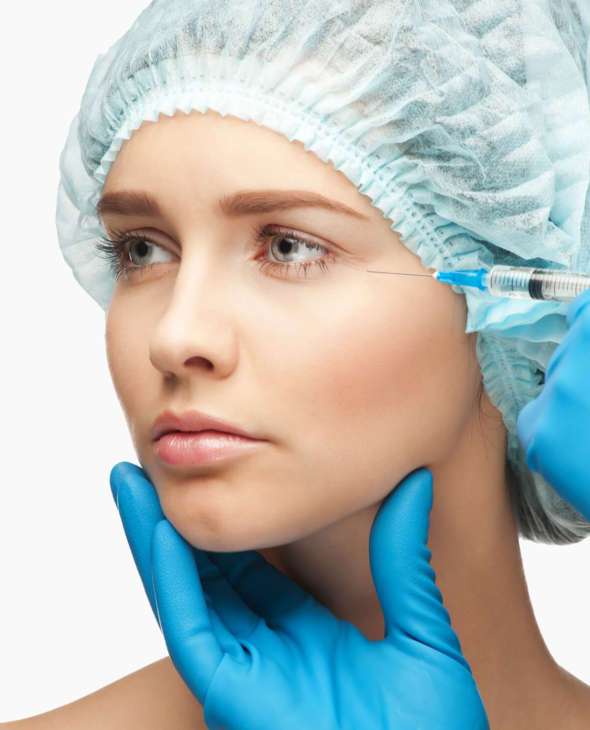
Is Botox suitable for everyone?
It’s important to note that not everyone can use Botox, and some medical conditions may make it contraindicated. These consist of:
- Breastfeeding and being pregnant
- Any allergies to the components of the Botox solution
- Allergies to Botox or other neuromodulators in the past
It is crucial to let your doctor know before getting Botox treatment if you have any of these conditions or are taking any medications, such as blood thinners or muscle relaxants.
It’s important to be aware of the potential for complications from Botox treatment in addition to the contraindications mentioned above. These may consist of:
Spread of the Botox beyond the intended treatment area: Uneven results that make one side of the face appear different from the other
Muscle paralysis or unintentional weakness outside the treatment area
Speaking or swallowing challenges
Despite the rarity of these side effects, you must tell your doctor right away if you notice any strange symptoms following a Botox procedure.
It’s also important to keep in mind that Botox is not a long-term solution and may not be suitable for everyone, even though it can be an effective treatment option for reducing the appearance of wrinkles. Botox treatments must be repeated frequently to maintain their benefits.
Price of Botox
Depending on the area being treated and the required number of units, the cost of Botox treatment can vary significantly. The average cost of treatment is between $300 and $1,500 per session, with the majority of patients needing multiple sessions to see the desired results.
It’s important to remember that, despite initially appearing pricey, Botox can be more affordable over time than more invasive surgical options. Additionally, a lot of people discover that the cost of the procedure is outweighed by the advantages of Botox in terms of increased self-confidence and self-esteem.
Additionally, it’s crucial to remember that the price of Botox treatments can vary depending on the provider. To ensure the best outcomes and reduce the risk of complications, it is crucial to conduct thorough research and pick a qualified and experienced provider.
Coverage by insurance for Botox
As a cosmetic procedure, Botox treatment is typically not covered by insurance. Botox might, however, be covered by insurance if it is used to treat a medical condition, like persistent migraines or an overactive bladder.
It’s important to note that depending on the insurance plan and the particular medical condition being treated, coverage for medical uses of Botox can vary greatly. It’s critical to check with your insurance company to see if and to what extent your treatment will be covered.
Tips for maximizing the effects of your Botox procedure
There are a few things you can do to ensure the best outcomes if you are thinking about Botox treatment:
Select a knowledgeable and seasoned provider: It’s crucial to pick a provider who is certified and skilled at injecting Botox. Choose a service provider with a solid reputation and a history of delivering outcomes that appear natural.
Be reasonable in your expectations; Botox is not a miracle treatment and can only be used to reduce the appearance of wrinkles. It’s crucial to have reasonable expectations for your treatment’s outcomes and to be aware that you might require several sessions to get the results you want.
Following your Botox treatment, it’s crucial to adhere to the aftercare recommendations given by your healthcare provider. This might entail refraining for a predetermined amount of time from doing certain things, like rubbing or massaging the treated area.
Be patient: It may take several days to fully appreciate the effects of a Botox treatment, and it may require several sessions to get the desired result. It’s critical to exercise patience and give the medication time to take effect.
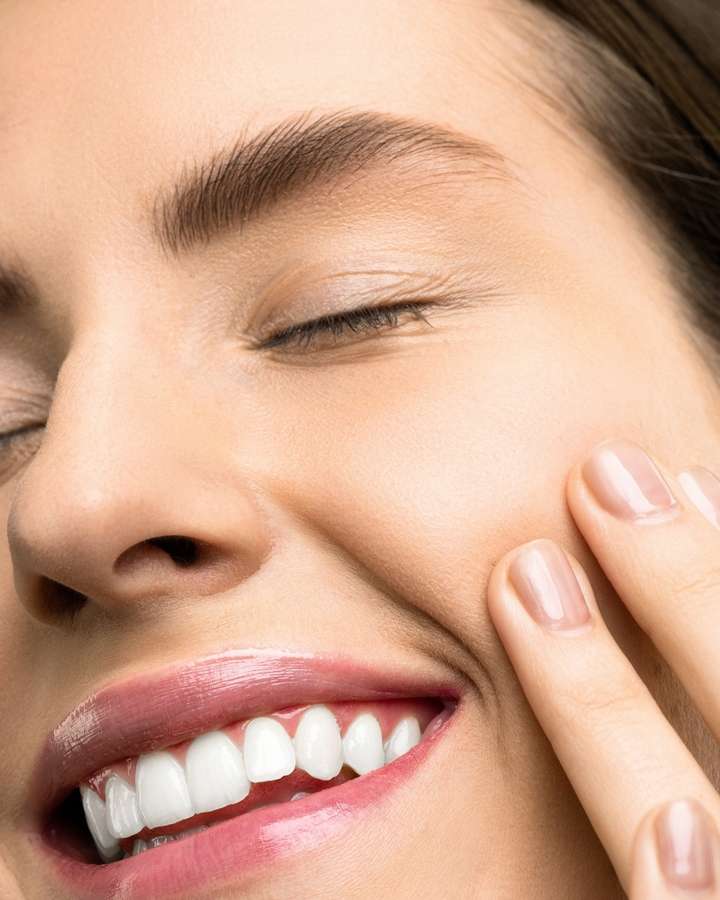
Frequently Asked Botox Questions
How long does Botox last, exactly?
A: You can repeat the procedure to maintain the desired effect after the effects of Botox typically last for three to four months.
Does Botox cause pain?
A: The majority of people only feel mild discomfort during the Botox injection procedure, which is generally well tolerated. Fine needles are used to administer the injections, and numbing cream can be applied to the treatment area to lessen pain.
Can wrinkles on the entire face be treated with Botox?
A: The wrinkles around the eyes, between the brows, and on the forehead are the ones that are most frequently treated with Botox. Additionally, it can be used to lift the brows, elongate the neck and jawline, and lessen excessive sweating in the hands, feet, and underarms.
How safe is Botox?
A: When given by a licensed healthcare professional, Botox is generally regarded as safe. However, there are potential risks and side effects to think about, just as with any medical procedure. Before beginning treatment, it’s crucial to discuss any worries you might have with your healthcare provider.
How long does it take to receive a Botox treatment?
A: The Botox treatment procedure is relatively quick; the actual procedure usually lasts between 15 and 30 minutes. Normally, you can resume your regular activities right away.
Can medical conditions be treated with Botox?
A: The FDA has approved Botox for the treatment of a number of medical conditions, including blepharospasm, strabismus, chronic migraines, and overactive bladder, in addition to its cosmetic uses.
Can sagging skin be treated with Botox?
A: Botox is not frequently used to treat sagging skin, even though it is primarily used to minimize the appearance of wrinkles by relaxing the muscles that cause them. Loss of the proteins collagen and elastin, which give the skin its structure and elasticity, is frequently the root cause of sagging skin.
There are a number of non-surgical treatment options available if you are concerned about sagging skin, including laser skin resurfacing, chemical peels, and dermal fillers. These procedures can encourage the production of collagen, which can help tighten and lift the skin, and can also help improve the overall texture and tone of the skin.
Surgical procedures like a facelift or neck lift may be preferable for more pronounced or durable results. In order to lift and tighten sagging skin, these procedures involve the removal of excess skin and tightening of underlying tissues.
Before choosing a course of treatment, it is crucial to carefully weigh all available options and talk them over with a licensed healthcare professional.
Can acne be treated with Botox?
A: Although Botox is typically used to minimize wrinkles, it can also be used to treat some forms of acne. Acne can be made to look less noticeable by injecting Botox into the muscles that cause the sebaceous glands to produce oil.
Botox is not a panacea for acne, however, and may not be appropriate for everyone. There are additional acne treatment options, such as topical medications, chemical peels, and laser procedures, which may be more suitable for some individuals.
Before making a choice, it’s critical to carefully consider all available treatment options and to discuss your concerns about acne with a licensed healthcare professional.
Varieties of Botox
Several other botulinum toxin product varieties are offered on the market in addition to the conventional form of Botox. These consist of:
Botulinum toxin type A under the trade name Dysport is used to treat similar conditions as Botox. It is frequently used to treat the same areas as Botox and has FDA approval for the treatment of wrinkles.
Similar to Botox, Xeomin is a different brand of botulinum toxin type A. It is frequently used to treat the same areas as Botox and has FDA approval for the treatment of wrinkles.
Jeuveau: The FDA recently approved Jeuveau, a more recent brand of botulinum toxin type A, for the treatment of wrinkles. The same areas as Botox are frequently treated with it.
These various botulinum toxin products all function similarly by reducing wrinkle-causing muscle tension and enhancing skin quality. It’s crucial to discuss the specific product being used with your healthcare provider because there may be minor variations in their formulations and methods of administration.
Locating a knowledgeable Botox practitioner
It’s crucial to pick a licensed and experienced provider when considering Botox treatment. Find a provider who is board-certified in a medical field, such as dermatology or plastic surgery, and who has a solid reputation for delivering results that look natural.
To get a sense of the results the service provider can produce, it’s also a good idea to request before and after pictures of their previous clients. Additionally, inquire about their education and background in administering neuromodulators such as Botox.
Additionally, make sure to enquire about the provider’s choice of botulinum toxin brand, as well as the product’s concentration and the quantity being used. It’s critical to comprehend the treatment strategy completely and to feel at ease with the doctor and the therapeutic process.
It’s also crucial to adhere to the aftercare guidelines your doctor gave you regarding your Botox procedure. This might entail refraining for a predetermined amount of time from doing certain things, like rubbing or massaging the treated area. A good idea is to keep the treated area out of extreme heat or cold, and to wear sunscreen to shield it from the sun.
Although Botox is typically regarded as a safe and effective treatment option, there are possible risks and side effects to take into account. In addition to the potential for asymmetry or the spread of the Botox beyond the targeted treatment area, these side effects may include swelling, bruising, and redness at the injection site. More severe issues, like trouble speaking or swallowing, may sporadically arise. Before beginning treatment, it’s crucial to discuss any worries you might have with your healthcare provider.
Botox is a well-liked and successful procedure for smoothing out wrinkles and enhancing the skin’s overall appearance. Products made with botulinum toxin come in a variety of forms, including Botox, Dysport, Xeomin, and Jeuveau. Before beginning treatment, it is crucial to select a skilled and experienced provider and to have a clear understanding of the treatment plan. Along with understanding the potential risks and side effects of the treatment, it’s crucial to adhere to your healthcare provider’s aftercare instructions.
Getting ready for a Botox treatment
There are a few things you can do to get ready for Botox treatment if you’re thinking about it. These may consist of:
Talking with your healthcare provider about your objectives and worries: It’s crucial to know exactly what you want to accomplish with Botox treatment and to talk to your doctor about any worries you might have. This will make it easier for you to communicate with your healthcare provider and create a treatment strategy that takes into account your needs and objectives.
Stopping some medications:
Your doctor may advise you to stop taking any medications that could reduce the effectiveness of Botox or raise the risk of complications before receiving treatment. Blood thinners, muscle relaxants, and specific antibiotics may be among them.
Avoiding specific behaviors:
Before receiving treatment, your healthcare provider may advise you to refrain from behaviors like strenuous exercise or drinking. By doing so, the possibility of complications is reduced, and the best outcomes are guaranteed.
Organizing transportation:
After your Botox treatment, you might feel a little lightheaded or dizzy depending on the number of units used and the precise areas being treated. Plan ahead for transportation to and from your treatment, or have a driver on hand in case you need them.
You can help to ensure the best results from your Botox treatment by paying attention to these suggestions and talking with your healthcare provider about your particular needs and concerns.

What to anticipate during a Botox procedure
A Botox treatment typically takes place quickly and painlessly. The procedure typically takes 15 to 30 minutes to complete in an office setting.
Your healthcare provider will clean the treatment area prior to the procedure and might even apply a numbing cream to lessen discomfort. The Botox solution will then be injected with a small needle into the desired muscles by the medical professional.
You can resume your regular activities right away after the procedure. However, for a predetermined amount of time, your healthcare provider might advise against doing certain things, like rubbing or massaging the treated area.
It’s important to keep in mind that while the effects of Botox treatment are frequently noticeable within a few days, the full extent of the effects may not be apparent for up to two weeks. A Botox treatment usually produces results that last for three to four months, after which the procedure can be repeated to keep the desired result.
Following up with aftercare for Botox treatment
It’s crucial to adhere to your healthcare provider’s aftercare recommendations after receiving Botox treatment. This might entail refraining for a predetermined amount of time from doing certain things, like rubbing or massaging the treated area. A good idea is to keep the treated area out of extreme heat or cold, and to wear sunscreen to shield it from the sun.
It’s crucial to remember that while a Botox treatment usually produces noticeable results within a few days, the full extent of its effects may not be apparent for up to two weeks. It’s important to get in touch with your healthcare provider if you have any worries or inquiries about your treatment or the outcomes.
It’s a good idea to schedule follow-up appointments with your doctor to assess the effectiveness of your treatment and decide whether you require any additional therapies. To maintain the desired effect, most people must repeat their Botox treatment every three to four months.
The development of Botox
Botulinum toxin, a protein created by the bacterium Clostridium botulinum, is marketed under the name “Botox.” In the late 1800s, a researcher by the name of Emile van Ermengem isolated the bacterium from a patient who had botulism, a serious food poisoning brought on by the bacterium.
However, botulinum toxin wasn’t used in medicine to treat any conditions until the 1970s. The botulinum toxin was given the go-ahead by the US Food and Drug Administration (FDA) in 1980 to be used in the treatment of strabismus, a condition in which the eyes are misaligned.
The use of botulinum toxin for cosmetic purposes started in the 1990s, and in 2002, the FDA approved the use of Botox to treat wrinkles. Since then, millions of Botox treatments are performed annually, making it one of the most widely used cosmetic procedures worldwide.
In addition to its cosmetic applications, botulinum toxin is now used to treat a variety of illnesses, such as blepharospasm, chronic migraines, overactive bladder, and excessive sweating.
The potential of Botox
The applications for Botox and other botulinum toxin-derived products will probably increase as botulinum toxin research advances. There is ongoing research into the use of botulinum toxin for a variety of conditions, including depression, chronic pain, and even addiction, in addition to its current uses.
Although Botox has a long history of being safe and effective, it is not a long-term fix and will need to be repeated periodically to keep the desired results. However, it is likely that Botox will continue to be a common treatment choice for many people in the future due to its increasing popularity and ongoing research into its potential uses.
Additionally, efforts are being made to create new botulinum toxin variants that could provide more advantages or last longer. Research is being done, for instance, on the use of type B of the botulinum toxin, which may have a longer duration of action than type A, the type currently used in Botox and other products containing the toxin.
Although Botox and other botulinum toxin treatments have undergone extensive research and are typically regarded as safe when given by a licensed healthcare professional, it is always important to be aware of the potential risks and side effects connected with any medical procedure. Before beginning treatment, it’s critical to discuss any worries you might have with your healthcare provider.
In conclusion, the discovery of the bacterium Clostridium botulinum in the late 1800s marks the beginning of the history of Botox. Since then, a variety of conditions, such as strabismus, blepharospasm, persistent migraines, and overactive bladder, have been treated with botulinum toxin. With millions of treatments performed each year, Botox is currently one of the most widely used cosmetic procedures. Botox and other botulinum toxin derivatives will likely continue to have more applications as botulinum toxin research advances, and new variants of the toxin may also be created.
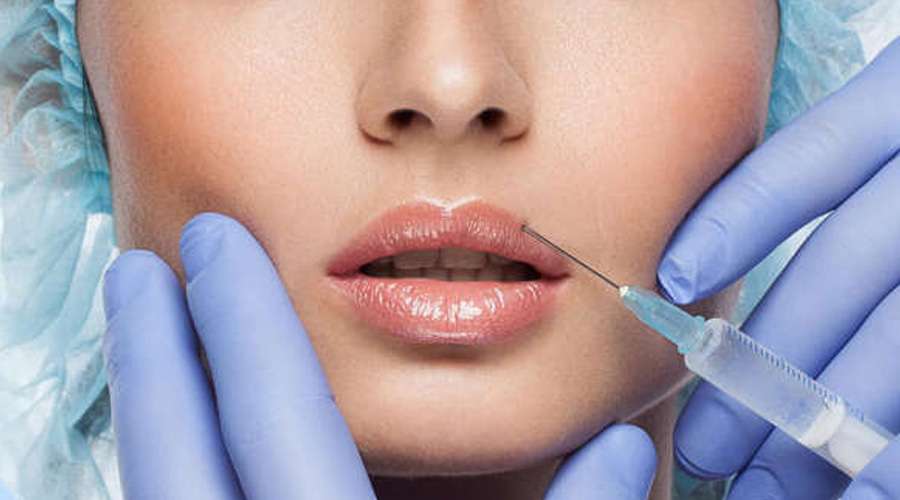
Botox benefits and drawbacks
Botox has potential advantages and disadvantages to take into account, just like any medical procedure. The following are a few benefits of Botox treatment:
Non-surgical:
Botox is a non-surgical treatment option, so there is no downtime or need for incisions. Because of this, it may be a tempting choice for those who want to enhance the appearance of their skin without undergoing surgery.
Convenient and quick:
A Botox treatment typically takes only a few minutes, with the actual procedure taking between 15 and 30 minutes. Because of this, it might be a practical choice for those with hectic schedules.
Effective:
Botox is typically regarded as an effective treatment option for minimizing wrinkles and enhancing the skin’s general appearance. Additionally, it can be used to treat some medical conditions like persistent migraines and an overactive bladder.
Results from a Botox treatment last for three to four months on average, after which the procedure can be repeated to keep the desired effect.
When it comes to Botox treatment, there are, however, additional potential risks and disadvantages to take into account. The following are a few Botox drawbacks:
Botox is generally regarded as safe when administered by a licensed healthcare professional, but there is a chance of adverse reactions like swelling, bruising, and redness at the injection site. More severe issues, like trouble speaking or swallowing, may sporadically arise.
Recurring treatments required:
To maintain the desired effect, a Botox treatment must be repeated after the initial three to four months have passed. For some people, this may be a financial burden.
Not a long-term fix:
Botox is not a long-term fix for smoothing out wrinkles, and it will need to be repeated on a regular basis to keep the desired result.
Botox may not be right for everyone, so it’s important to discuss any worries you may have with a licensed healthcare professional before receiving treatment.
Botox treatment in Las Vegas
The thriving nightlife, top-notch casinos, and wide variety of entertainment options in Las Vegas are well-known. So it comes as no surprise that the city is also home to a number of excellent medical spas and beauty salons that provide a variety of services, including Botox.
If you’re thinking about getting Botox in Las Vegas, it’s crucial to pick a skilled and knowledgeable practitioner. Ask about their training and experience when choosing a provider, and make sure they are licensed and certified to administer Botox. Asking about the quantity of Botox that will be used as well as the precise areas that will be treated is also a good idea.
It’s important to be aware that costs for Botox treatments in Las Vegas can differ significantly depending on the practitioner, the quantity of units used, and the precise areas being treated. Before making an appointment, be sure to enquire about the treatment’s total cost, including any additional fees or charges.
It’s also a good idea to adhere to the aftercare guidelines that your doctor gave you following your Botox procedure in Las Vegas. This might entail refraining for a predetermined amount of time from doing certain things, like rubbing or massaging the treated area. A good idea is to keep the treated area out of extreme heat or cold, and to wear sunscreen to shield it from the sun.

Conclusion
In conclusion, Botox is a well-liked and efficient method of diminishing wrinkles and enhancing the skin’s overall appearance. There is no downtime with this non-invasive procedure, and the effects can last up to four months. The treatment may cause unwanted side effects, and it will need to be repeated frequently to keep working.
Dermal fillers, chemical peels, laser skin resurfacing, and microdermabrasion are some of the alternatives to Botox that may be appropriate for minimizing wrinkles and enhancing the skin’s overall appearance. Before settling on a course of treatment, it is crucial to talk to a trained medical professional about your individual circumstances.
Overall, it’s important to weigh the pros and cons of Botox and any other treatment option carefully before making a decision. Before beginning treatment, it is crucial to find a qualified and experienced provider and fully grasp the proposed course of action. Additionally, it is crucial to be aware of the risks and side effects of the treatment and to adhere to the aftercare instructions provided by your healthcare provider. If you follow these guidelines, you’ll have a better chance of having a positive experience with your treatment.
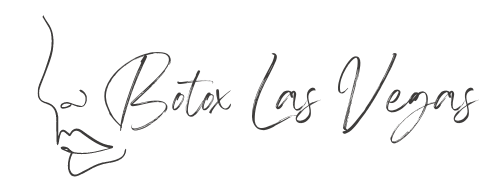


0 Comments